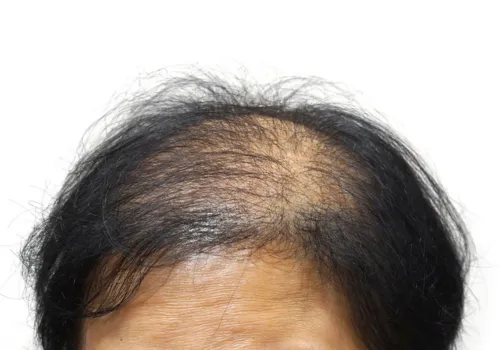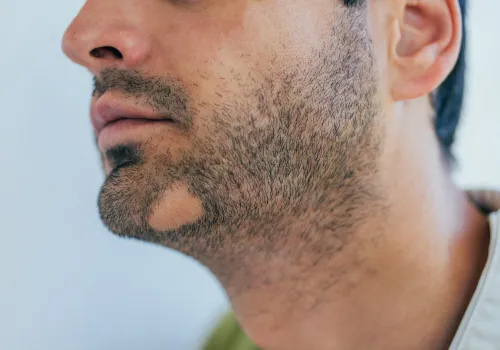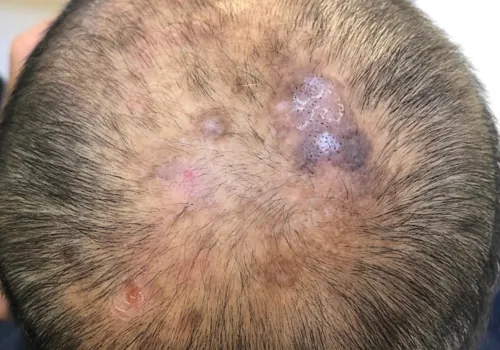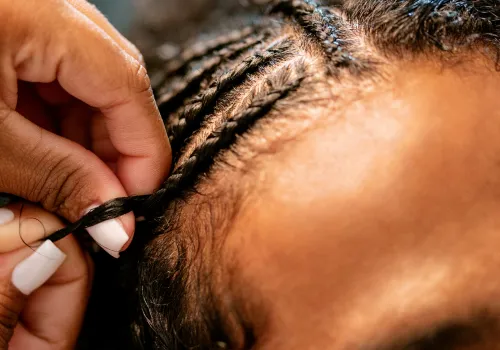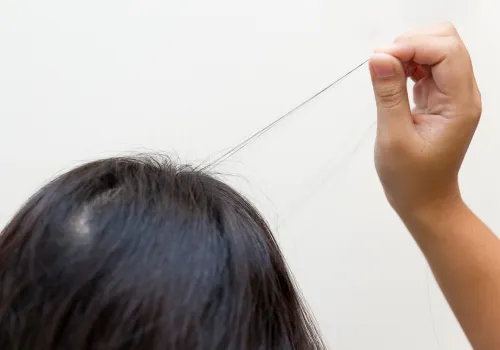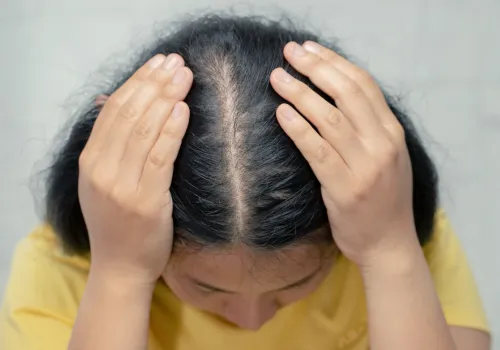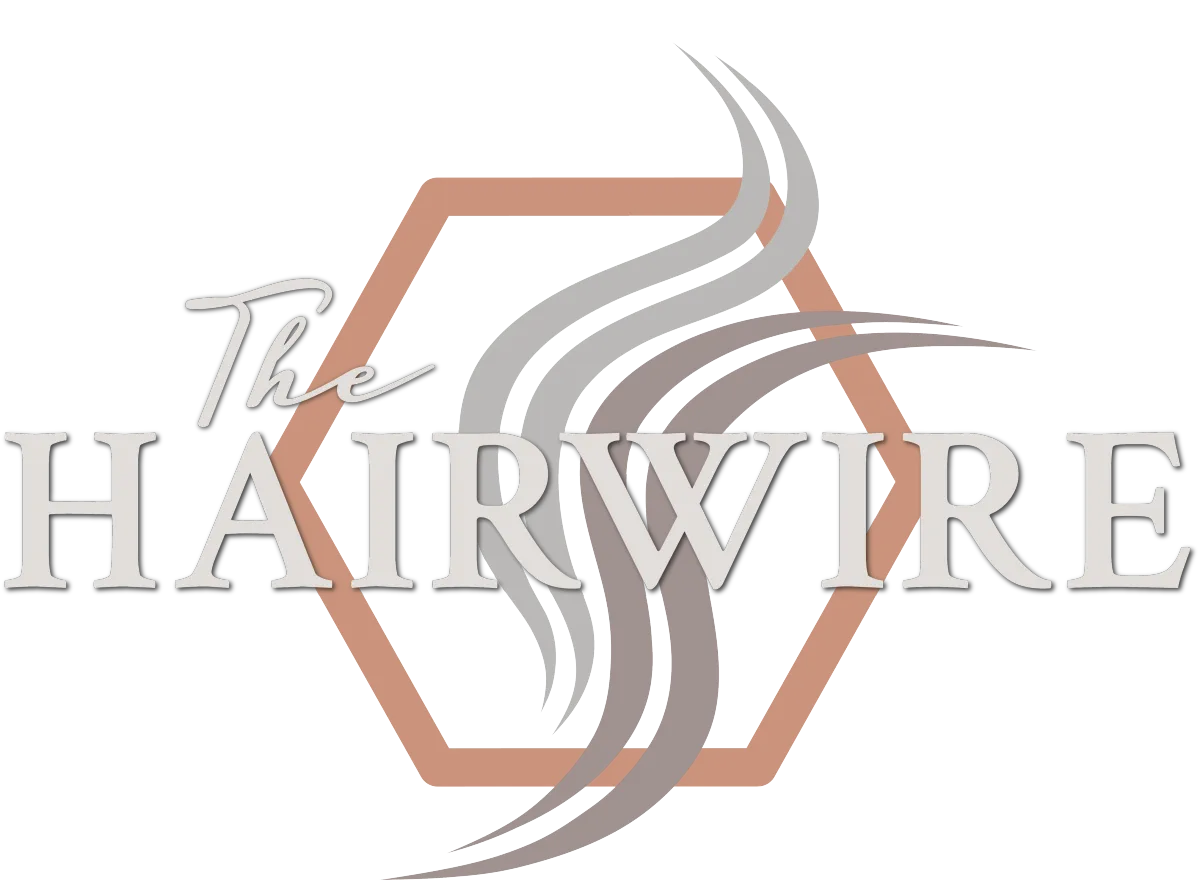
Trichotillomania
(Hair-Pulling Disorder)
A mental health condition involving the compulsive urge to pull out one’s own hair, leading to noticeable hair loss. It’s often tied to stress, anxiety, or sensory processing and may require a multidisciplinary approach.
Scroll to Learn More
A compulsive hair-pulling disorder often linked to emotional regulation and stress, leading to noticeable hair loss.
What is Trichotillomania?
Trichotillomania is a mental health condition characterized by the recurrent, irresistible urge to pull out one's own hair, commonly from the scalp, eyebrows, or eyelashes. It is considered a body-focused repetitive behavior (BFRB) and is classified under obsessive-compulsive and related disorders.
Hair loss may be patchy or widespread depending on the pulling patterns. The behavior can be conscious or unconscious and is often linked to emotional distress, anxiety, boredom, or the need for self-soothing. Over time, repeated pulling can damage follicles and result in permanent hair loss or scarring.
Common Causes & Contributing Factors
Emotional regulation – Used as a coping mechanism for anxiety, stress, or trauma
Neurological pathways – Impaired impulse control or reward circuits in the brain
Genetic predisposition – May run in families or co-occur with OCD or ADHD
Hormonal shifts – Onset often occurs during adolescence or times of hormonal flux
Sensory triggers – Itchy scalp or coarse hair may provoke pulling
Unawareness – Some individuals do not realize they are pulling until damage occurs
Don't worry, we can help!
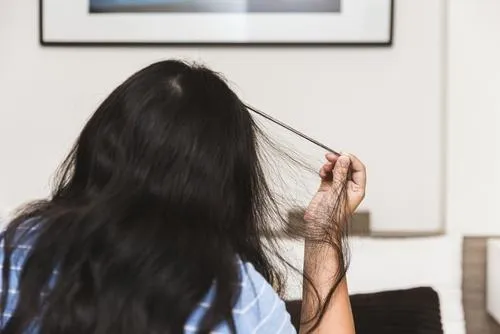
What You Might Notice
Patchy hair loss in accessible areas (front of scalp, crown, brows, lashes)
Uneven hair length in affected areas
Bald spots that reappear despite regrowth
Compulsive urge to pull when stressed, bored, or focused (e.g., while studying, driving)
Feelings of shame, embarrassment, or secrecy around the behavior
In some cases, ingestion of hair (trichophagia)
How It’s Diagnosed
Diagnosis involves a collaborative approach between mental health providers and hair/scalp specialists:
Clinical interview and psychological evaluation
Trichoscopy to differentiate broken hairs from shedding disorders
Rule out other hair loss conditions (e.g., alopecia areata)
History of repeated pulling and emotional triggers
May involve dermatologists, trichologists, and therapists trained in BFRBs
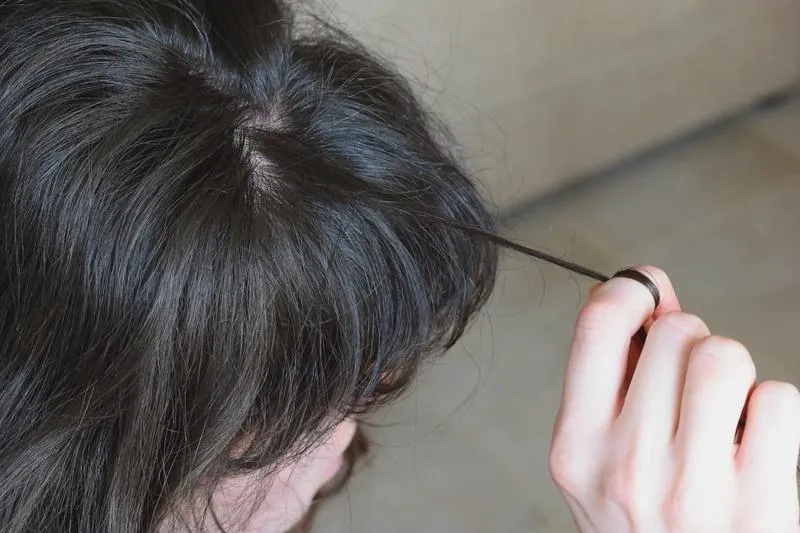
Treatment & Management Options
Lifestyle Recommendations
Stress reduction techniques (journaling, yoga, EFT, guided meditation)
Track triggers using a hair-pulling diary or mood journal
Wear protective hairstyles or head coverings when at home
Topical / Clinical Treatments
Scalp-soothing products to reduce sensory triggers (e.g., cooling serums, peppermint oil)
Hair restoration therapies (once pulling behavior has improved)
Gentle microneedling or red light therapy (only in healed, non-irritated areas)
Scalp Therapies & Supplements
Cognitive Behavioral Therapy (CBT) and Habit Reversal Training (HRT)
N-acetylcysteine (NAC) – a supplement shown in studies to reduce urges
Functional testing for neurotransmitter balance, stress hormones, and nutrient deficiencies
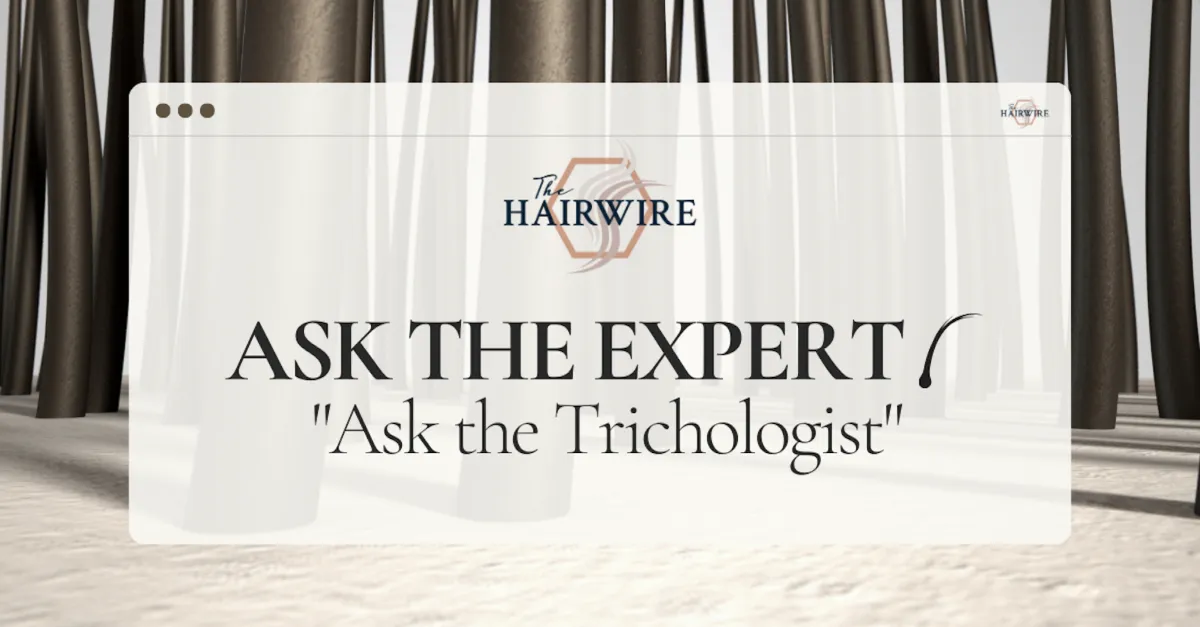
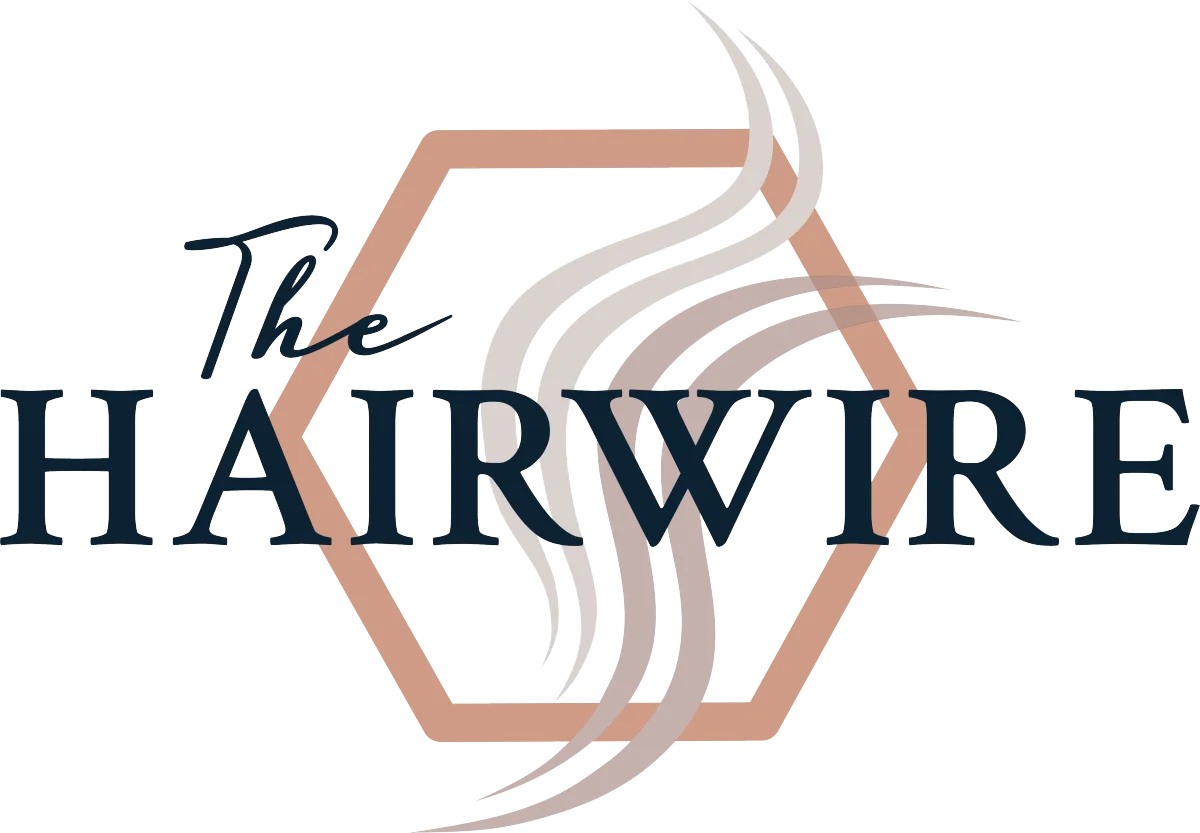
Not ready to book a session just yet?
That’s okay—your curiosity still matters! If you have a question about hair or scalp health but aren’t ready to move forward with a consultation, feel free to send it our way. We may feature it in an upcoming blog post or use it as a topic in a future live session—because chances are, someone else is wondering the same thing too.
"I started pulling my hair during finals week in college and couldn’t stop. With therapy, NAC supplements, and scalp care, I finally broke the cycle. I’m not ashamed anymore—healing is possible."
– Client, Age 24
Real Stories. Real Experiences.
You’re Not Alone with Trichotillomania
Managing Trichotillomania can feel isolating — but you’re not alone. This space was created to support you with real stories, understanding voices, and helpful insights. Together, we make room for healing and hope.
Want to Learn more on Trichotillomania
We’ve curated the most insightful, supportive, and educational videos on Trichotillomania—so you never have to feel like myou’re navigating it alone. Learn the psychology. Hear real stories. Find community. This playlist was created to help you feel seen, supported, and empowered on your journey.
Join our YouTube community and explore trusted content to guide your journey.
CLICK BELOW TO WATCH FIRST!
Trichotillomania (Hair Pulling Disorder) FAQ
What is Trichotillomania?
Trichotillomania (TTM) is a mental health condition classified under body-focused repetitive behaviors (BFRBs). It involves recurrent, irresistible urges to pull out one’s own hair—often from the scalp, brows, or lashes. This is not simply a “bad habit” but a neurologically based behavior often linked to stress, anxiety, sensory regulation, or emotional relief. At The Hair Wire, we see this as a signal—not a flaw—inviting deeper support.
What causes Trichotillomania?
There’s no single cause, but it’s believed to involve a combination of:
- Neurobiological factors (brain chemistry and impulse control)
- Stress or anxiety
- Sensory triggers or emotional overload
- Genetics and temperament
We look at TTM through a holistic lens, acknowledging both the nervous system and the emotional root—because hair loss isn’t always about the scalp, it’s sometimes about what’s happening beneath it.
Is Trichotillomania a form of self-harm?
Not necessarily. While both can stem from emotional distress, Trichotillomania is usually about regulation, not punishment. Many individuals report pulling hair during times of anxiety, boredom, or overstimulation. For some, it offers a soothing, repetitive sensation. At The Hair Wire, we hold space for these stories—without shame or stigma.
Can Trichotillomania cause permanent hair loss?
If the pulling is chronic and focused in one area, it can damage follicles and potentially lead to traction-related scarring. However, with time and gentle care, regrowth is possible in many cases, especially when the behavior is addressed. We offer scalp recovery strategies and regrowth plans to support healing—emotionally and physically.
What are common triggers for hair pulling?
Triggers are unique to each person but can include:
- Stress or anxiety
- Boredom or fatigue
- Sensory urges (itchy scalp, coarse hair, etc.)
- Perfectionism or the need for control
We encourage self-observation and journaling. At The Hair Wire, we help people track their “pull patterns” and emotional cues as a step toward understanding—not controlling—themselves.
How is Trichotillomania treated or managed?
Management often includes:
- Cognitive Behavioral Therapy (CBT) or Habit Reversal Training (HRT)
- Mindfulness or sensory replacement tools
- Support groups and coaching
- Creating safe spaces without judgment
We also explore holistic supports—from grounding tools to wearable sensory fidgets. Healing is often layered, and we encourage building a toolbox that fits the individual, not the textbook.
Is Trichotillomania more common in certain age groups or genders?
TTM often begins in late childhood or early adolescence, and while it affects all genders, it’s more commonly reported by females. Hormonal changes, stress exposure, and even environmental sensitivity can contribute to onset or flare-ups. That’s why we believe early education matters—and that the salon or trichologist chair can be a safe starting point for awareness.
How can I support someone with Trichotillomania?
Support starts with compassion, not correction. Avoid shaming or trying to stop the behavior directly. Instead:
- Offer a safe, judgment-free space
- Ask open-ended questions when they’re ready
- Encourage them to explore professional supportConsider fidget-friendly accessories or self-soothing routines
- At The Hair Wire, we aim to normalize the conversation and equip professionals with the tools to respond with understanding.
Can hairstylists or trichologists help with Trichotillomania?
Yes—but not by “fixing” it. Stylists and trichologists can:
- Offer gentle styles or cuts that reduce trigger access
- Help camouflage thinning areas without shame
- Create a non-judgmental space to talk
- Refer to mental health professionals or BFRB specialists
We believe in collaborative care, where beauty professionals and therapists work in sync to support both scalp health and emotional well-being.
What resources are available for people struggling with Trichotillomania?
Some supportive resources include:
- The TLC Foundation for BFRBs
- Cognitive-behavioral therapists trained in TTM
- Apps for habit tracking or mindfulness
- The Hair Wire’s upcoming awareness content for clients and professionals
We also encourage creating personal rituals and sensory kits that bring comfort and awareness—tools that reflect not just hair goals, but whole self-care.
Trichotillomania Blog
We regularly share content on this topic through both video and written posts. Use the search bar to find answers to the specific questions you're looking for.

General Hair Loss Treatments
General Hair Loss Treatments ...more
Trichology ,kerrijarrett
May 22, 2025•1 min read
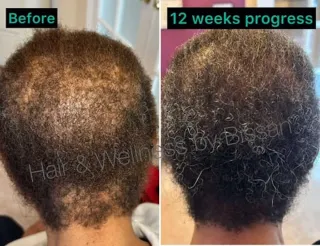
Case: Multiple Types of Alopecia
Hair loss can be overwhelming, especially when dealing with multiple types of alopecia. This case study shares how a woman in her 60s, after failed treatments, found hope through a whole-body approach... ...more
Androgenetic Alopecia ,Telogen Effluvium Alopecia Areata Scarring Alopecia Traction Alopecia Trichotillomania Hormonal Hair Loss Nutritional Deficiency Trichology &Bissan
November 28, 2024•4 min read
Are You a Hair & Scalp Professional? Join the Faculty of Trichology
Whether you're already an expert, just getting started, or looking to deepen your specialty—we’ve got something for you.
The Faculty of Trichology is where professionals come to elevate their skills, build their credibility, and connect with a network that takes hair and scalp health seriously.
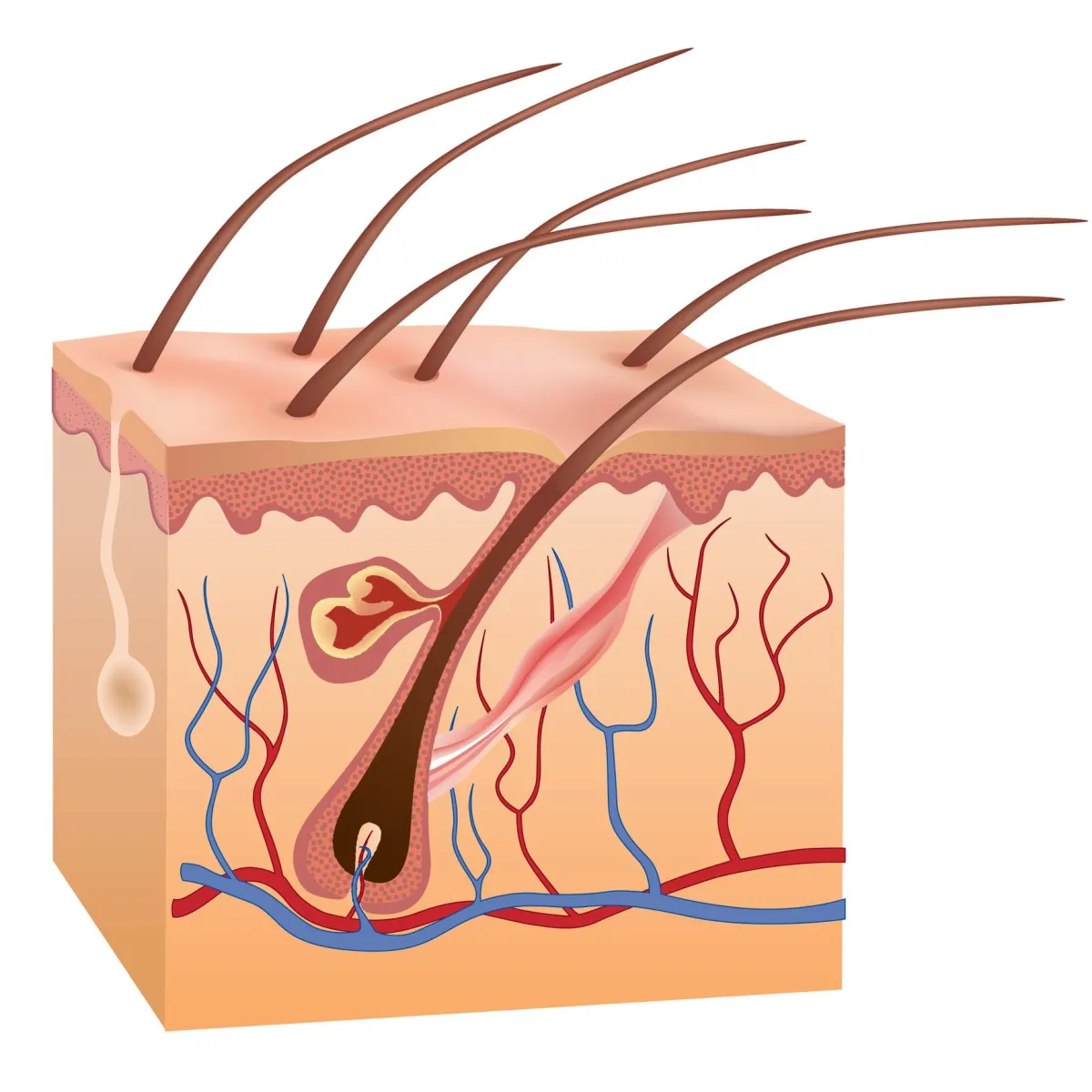
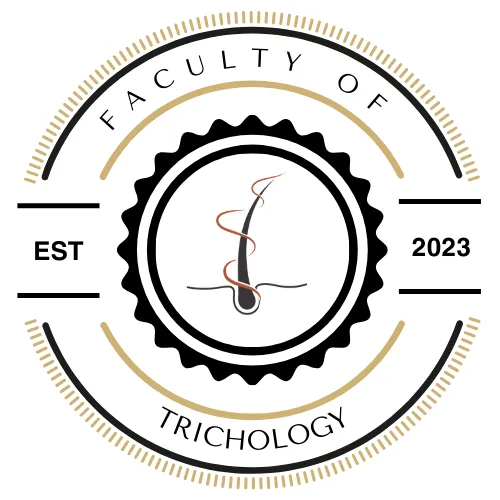
We’re more than hair. We’re a community, an education platform and a movement.
Our mission is to raise the standard — reigniting the heart of this industry with integrity, purpose, and connection. We’re also committed to bridging the gap between cosmetology, dermatology, and general practice, creating a more collaborative and informed approach to hair and scalp health.
ABOUT
The Hair Wire is a trusted resource created by trichologists, for anyone seeking clarity around hair and scalp health. With clinically backed information, we simplify complex hair loss conditions and offer professional insight, education, and solutions—one strand at a time.
DISCLAIMER
The content on The Hair Wire is intended for educational and informational purposes only. It is not a substitute for medical advice, diagnosis, or treatment. While our material is guided by professional experience and clinical trichology, we encourage individuals to consult with their own healthcare or wellness providers when making personal health decisions. The Hair Wire offers professional insights, not medical directives.
PATRON ACCESS
PRO' ACCESS
© Copyright 2025. The Hair Wire / Facutly of Trichology. All rights reserved.
